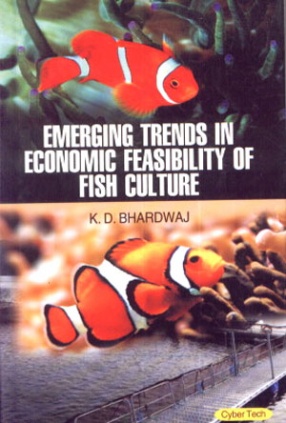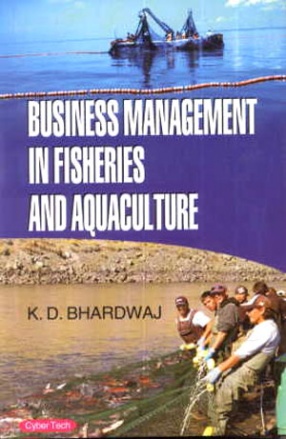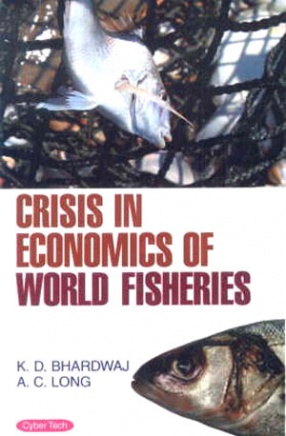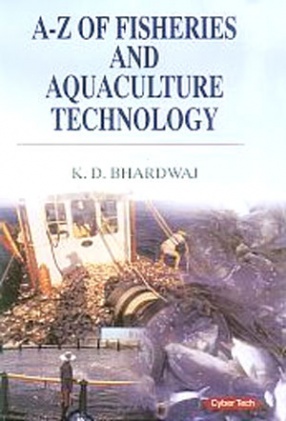Fish is distributed through a variety of outlets, including retail stores selling meat and other food products, those have this facilities for selling frozen fish. Yet the main outlets are the city markets. The mission has surveyed markets in Lusaka, in Kitwe and in chipata.
The distribution system involves a minimum number of intermediaries. In the case of kapenta from Lake Kariba and Lake Tanganyika quite often there is only one wholesaler between the fishing community and the retailers. In the traditional market where most fish are sold, fishes whether fresh or dry are sold by unit, either of one fish, or one help or one tin (dried Kapenta and dried juvenile bream). Changes in volume per unit if sales allow price changes without changing price per unit. For instance, in Lusaka, retailers use three sizes of tins: a smaller one for time of short supply, a bigger one for periods of abundance, like when catches are at their maximum in August and he standard one. Yet, the price per unit stays the same for long periods. Bream, whether fresh of smoke-dried is the main species supplied on the open markets of urban areas along the railways line, which reflects the fact it is the most important catch.







There are no reviews yet.